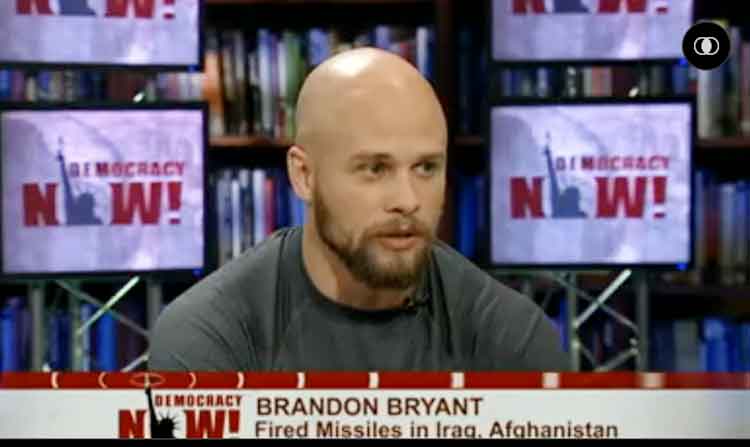Do you want to study in China for undergraduate, Masters or Doctoral degree?
China’s goal to Attract 500,000 foreign students by 2020 is causing the government to offer enormous scholarships to students around the world. At the September UN Sustainable Development Summit, Chinese President Xi Jinping announced that China will provide 150,000 scholarships for citizens of developing countries including Africa. And also help nurture 500,000 professional technicians in these countries with the next 5 years. The essence of the two programmes was to ensure that beneficiaries fast-tracked development of their countries.
China, the third Most Popular Study Destination for International Students
Over the last couple of years China surpassed other leading countries, such as France, Germany, and Australia, to become the third most-popular study destinations for higher education studies, behind UK and US.
In addition, as of July 2013, international students are now permitted to take part-time jobs during their studies, or to pursue paid internships off campus, so long as they have permission both from their host institution and Chinese immigration authorities.
Language of study in China
Some Chinese universities provide international bachelor, master and doctoral programs conducted in English which have no requirements of Chinese language proficiency.
150,000 China Scholarships for Developing Countries
China Scholarship Council (CSC), entrusted by the Ministry of Education (MOE) of People’s Republic of China, is responsible for the enrollment and administration of Chinese Government Scholarship programs. 279 designated Chinese universities offer a wide variety of academic programs in Science, Engineering, Agriculture, Medicine, Law, Economics, Management, Education, Liberal Arts, Philosophy, History, and Fine Arts for scholarship winners at undergraduate, masters and PhD levels.
Chinese Government Scholarships for developing countries includes the following programs.
Chinese Government Scholarship Bilateral Program
This includes full or partial scholarships in accordance with educational exchange agreements or MOUs between the Chinese government and governments of other countries, institutions, universities or international organizations. It supports undergraduate students, graduate students, general scholars and senior scholars. Applicants shall apply to the dispatching authorities for overseas study in their home countries.
Where to send the application: dispatching authorities in applicant’s home country
Eligible Field of Study: Undergraduate, Master’s and Doctoral students, General and Senior Scholars
Chinese University Scholarship Program
This is a full scholarship for designated universities in China and certain provincial education offices to enroll outstanding international students to pursue graduate degrees in China. It only supports graduate students. Applicants shall apply to the designated Chinese universities undertaking this program. At present, a total of 271 Chinese universities are designated to undertake this program.
Where to send the application: designated Chinese universities
Eligible Field of Study: Master’s and Doctoral students
Great Wall Program for Developing Countries
This is a full scholarship for the United Nations Educational, Scientific and Cultural Organization (UNESCO) to sponsor students and scholars in developing countries to study and conduct research in China. Applicants shall apply to the National Commissions for UNESCO in their home countries.
This program only supports, in general, one-year English-taught programs. Scholarship recipients of Chinese-taught programs without adequate Chinese proficiency are required to get approval from both CSC and UNESCO for one-year Chinese language study.
Where to send the application: National Commissions for UNESCO in applicant’s home country
Eligible Field of Study: General and Senior scholars
Applications Deadline
You can apply to the dispatching authorities for overseas study in your home country or the designated Chinese universities undertaking the program between January and early April.
Number of Scholarships: Up to 150,000
Full Scholarship covers: tuition waiver, accommodation, stipend, medical insurance
Offered annually? Yes
How to Apply
CSC only accepts recommended applications from the dispatching authorities in your home country. The Agency Number, which can only be got from the dispatching authorities upon recommendation, is a must for online application.
The illustration below will help you understand the general application steps. There might be minor differences between programs. Please read the introductions to each program for detailed guidance.

You can register and submit your online application at www.csc.edu.cn/laihua/ and click“Application Online for International Students”.
What is “Agency Number” and where can I get it?
Agency Number is the first required item that must be filled when applying online at CSC Online Application System for International Students. Each Agency Number stands for a specific application receiving agency and will be given to the recommended candidates only. You will only get your Agency Number from your application receiving agency (e.g. Chinese embassy, AUN Secretariat, etc.) when you are recommended as a candidate.


